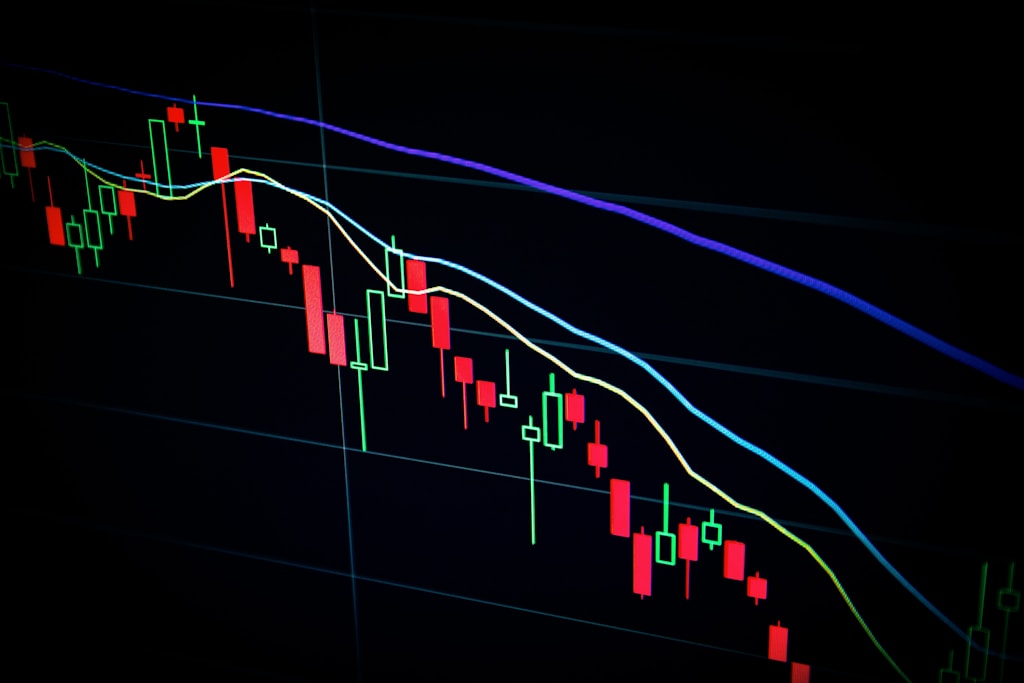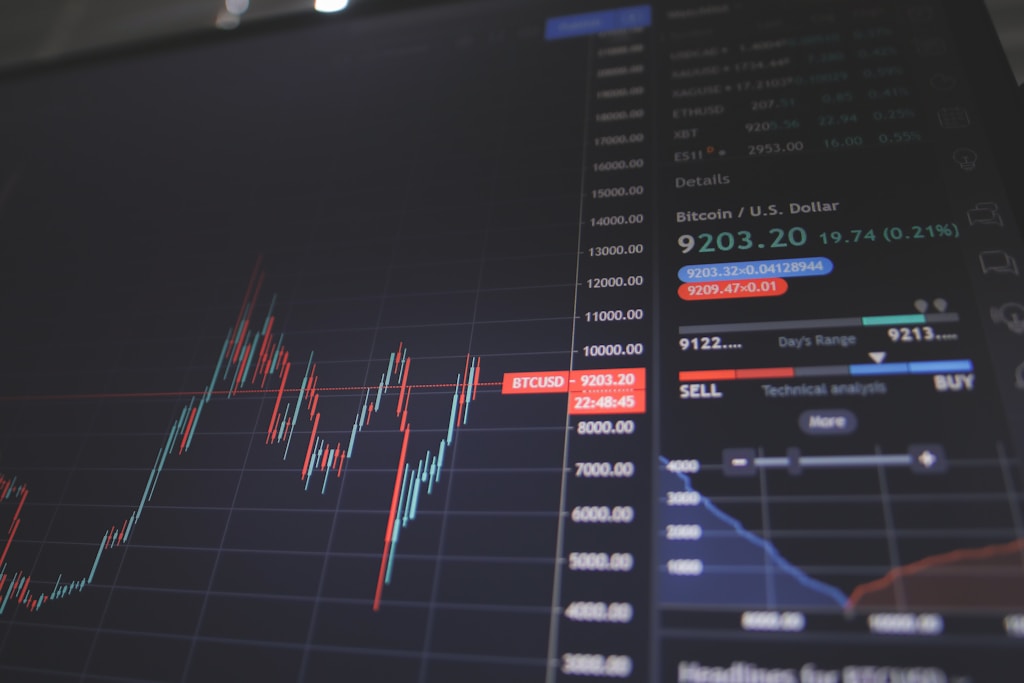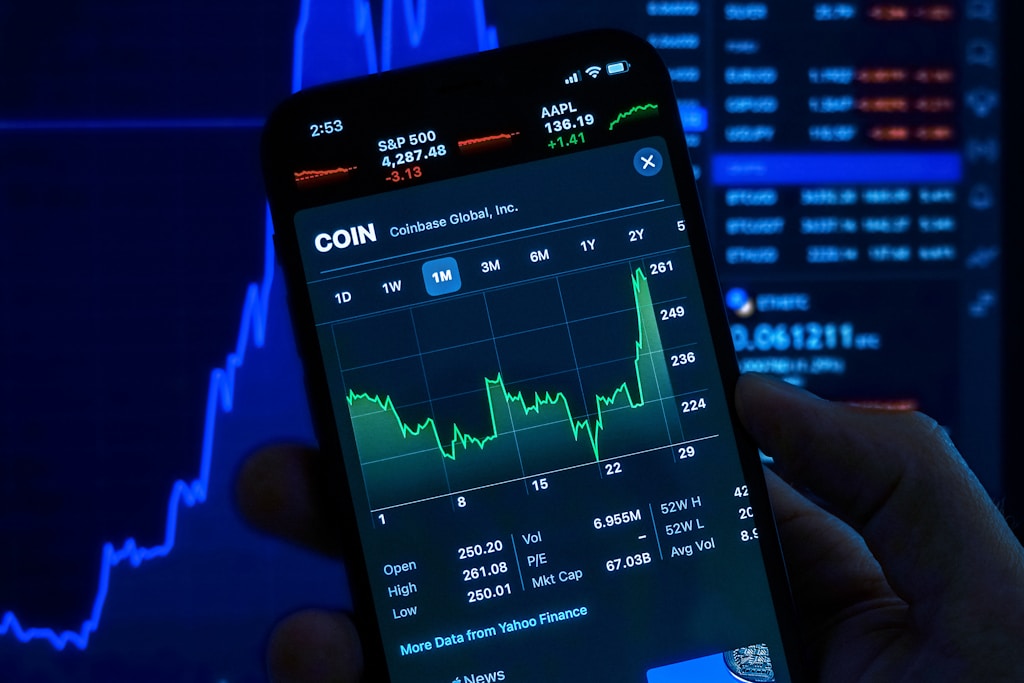Key Takeaways:
- SharpLink Gaming raises $425 million through private placement
- Ethereum co-founder Joseph Lubin appointed as board chairman
- Company adopts ETH as primary treasury reserve asset
In a groundbreaking move that signals growing institutional confidence in Ethereum, SharpLink Gaming (Nasdaq: SBET) has secured $425 million in private placement funding to establish an Ethereum-focused treasury strategy. This development comes as Ethereum approaches the $3,000 mark amid surprisingly low retail interest, suggesting potential for significant price appreciation.
The strategic initiative includes the appointment of Ethereum co-founder Joseph Lubin as chairman of the board, bringing substantial blockchain expertise to the gaming company’s leadership. This appointment particularly resonates with Vitalik Buterin’s recent vision for Ethereum’s evolving role in digital finance.
SPONSORED
Trade Ethereum with up to 100x leverage and maximize your potential returns
Strategic Implementation and Market Impact
The treasury strategy represents one of the largest corporate investments in Ethereum to date, potentially setting a precedent for other publicly traded companies. Market analysts suggest this could trigger a wave of institutional adoption, particularly among gaming and entertainment companies seeking to leverage blockchain technology.
Expert Analysis and Future Implications
Financial experts predict this move could catalyze broader corporate adoption of Ethereum as a treasury asset. The appointment of Joseph Lubin adds significant credibility to the initiative and may influence other gaming companies to follow suit.
FAQ Section
- Q: How will this affect Ethereum’s price?
A: While direct impact varies, such large institutional investments typically support long-term price stability and growth. - Q: What makes this different from other corporate crypto strategies?
A: The combination of significant funding and leadership expertise from an Ethereum co-founder sets this initiative apart. - Q: Will this impact gaming operations?
A: The strategy primarily affects treasury operations, though blockchain integration may enhance gaming features long-term.




